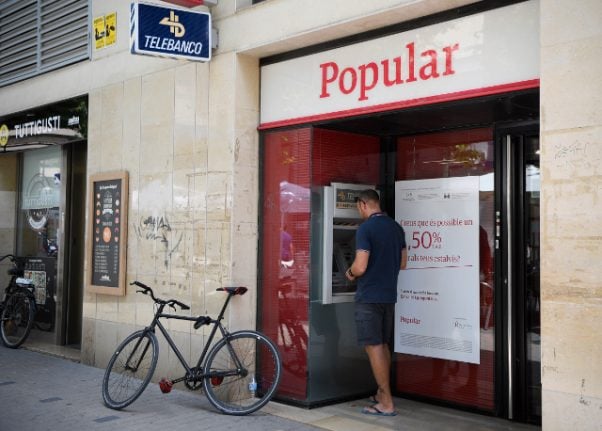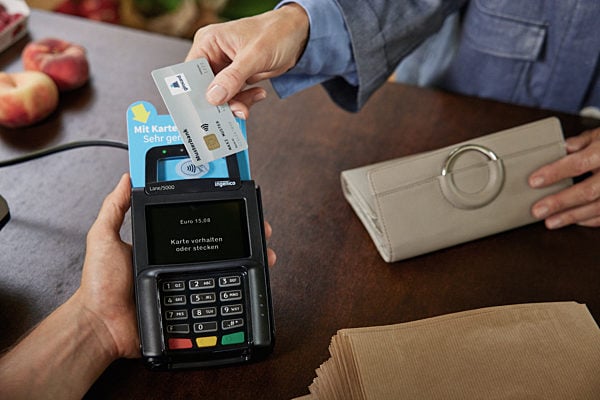“The reorganisation of the central services of Banco Santander and Banco Popular will affect 1,100 people….the vast majority through early retirement,” unions representing the lender's workers said in a statement after they signed an agreement with management.
Santander bought Popular at the beginning of June for the symbolic price of one euro to help avert its looming collapse.
READ MORE: Santander profits down due to takeover of Banco Popular
At the time, Santander estimated the cost of the restructuring following this operation would be €1.3 billion ($1.5 billion).
Santander had nearly 201,000 employees around the world as of the end of September. Before Popular was bought by Santander, it had around 11,000 employees.
READ ALSO: Who killed Banco Popular? Spain puzzles over rescue



 Please whitelist us to continue reading.
Please whitelist us to continue reading.